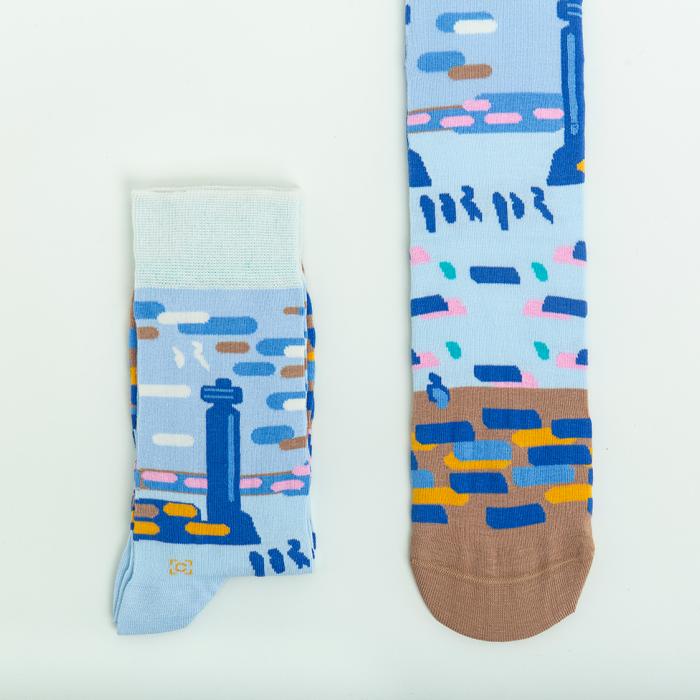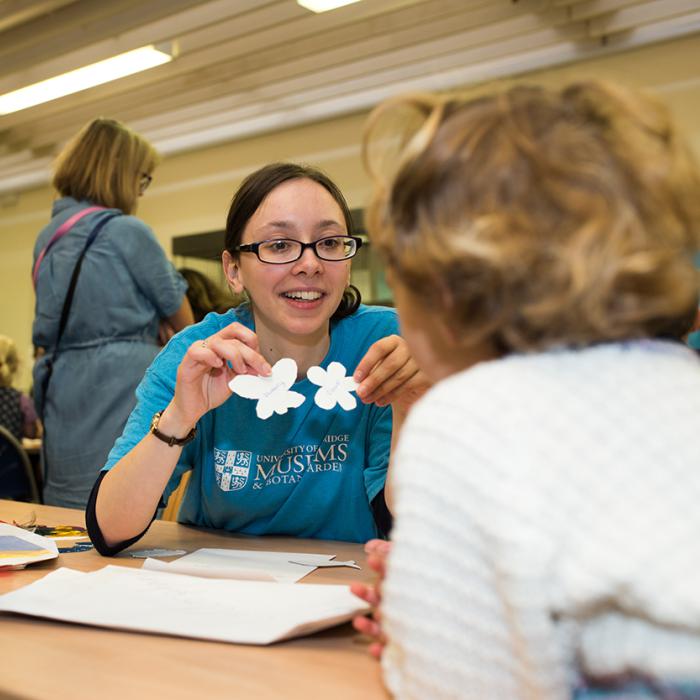We offer facilitated workshops and self-led visits. There is no charge for our school sessions, but we welcome donations to support the Museum learning programme (recommended donation of £3 per child). Get in touch with the Museum Education Coordinator to discus your visit museumeducation@esc.cam.ac.uk
Self-led visits
Led by you, available all day Monday – Friday during term time.
Museum Trails
If you are visiting the Museum with young children, why not download our Rainbow of Colour trail to print out and bring with you? It will keep the children entertained as they look for all the colourful specimens in the Museum, and they can even use it in the garden or any outdoor space too.
- rainbow_of_colour_trail_.pdf (1.35 MB)
All bookings are subject to change in accordance with government guidance.
There is no charge for our standard school sessions, but donations are welcomed to support the Museum learning programme (recommended donation of £3 per child).
If you are a UK based school or college (teaching under 18 year olds) wishing to visit the Museum with your class, please use the booking form to make a request.
All other groups should use our group booking form (including international schools) or language school booking form.
School visits
To book a school visit please visit our webpages which have extensive information about what we can offer your school and how to book.
Browse our workshops by Key Stage
Resources are available for every year group from EYFS to KS5. Check them out here.
KS5 groups may also find our Adult Trails useful.
Extreme Environments (90 minutes)
How have people adapted to extreme environments such as deserts, jungles or polar regions? How do these environments impact their way of life and culture? These are some of the questions students will think about as they look at and handle objects from around the world.
Artist Kaitlin Ferguson shows you how to make your own ichthyosaur using one of Mary Anning's fossils in the Sedgwick Museum’s collection as inspiration.
There are two different makes that you can try depending on how much time you have.
Make one: Ichthyosaur template
Make two: salt, flour and water to make salt dough (or plasticine or playdough)
To make your zine you will need:
This PowerPoint has been created for teachers to deliver a school-based session focused on the enigmatic Red Deer antler headdress from the world renowned site of Star Carr in Yorkshire, England. Dating from the Mesolithic, this 11,000 year old object is thought to be linked to shamanic practices performed millennia ago along the edges fo a watery environment. View the PowerPoint
A session tracing life in Britain from the Palaeolithic to the Iron Age. Find out what distinguishes each epoch and how everyday objects changed through time and space. View the Powerpoint
Visit our website for more details and teacher's resources.

